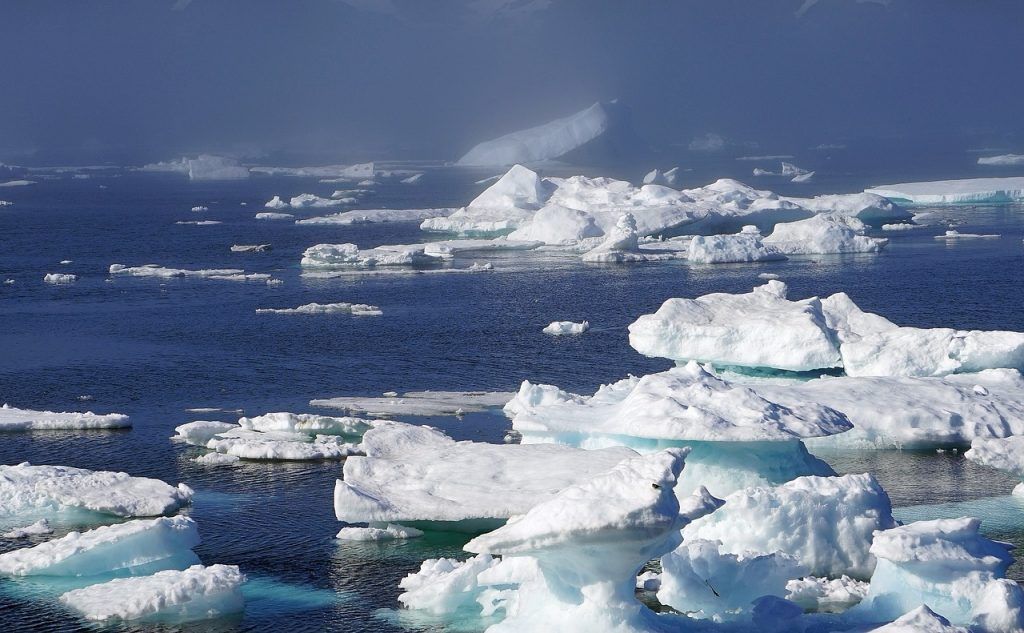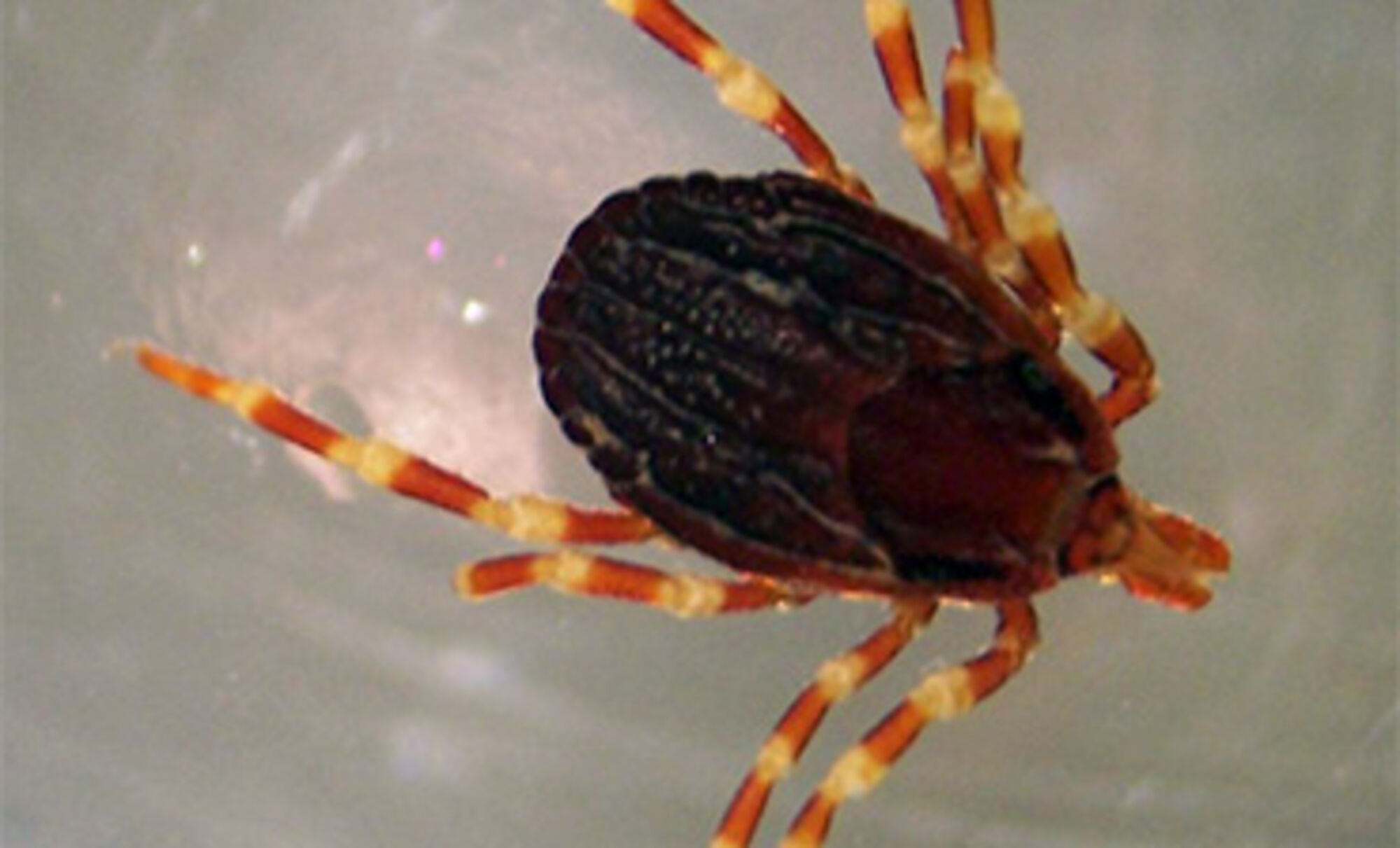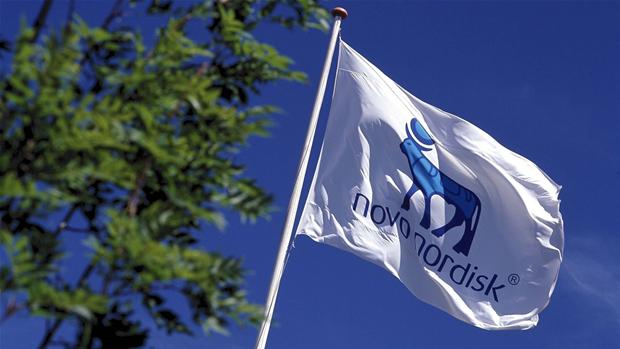Nearly 600 of Denmark’s long-forgotten rubbish dumps of previous eras are situated adjacent to streams and lakes, threatening the environment. There is a considerable risk that poisonous materials such as ammonium and ochre are seeping into the waterways and killing plants and fish.
According to engineering publication Ingeniøren, which has charted the many discontinued waste deposit sites that are located within 100 metres of surface water, the landfills are from a time before geo-membranes were employed to protect the environment.
And while the waterways around the old landfill sites have not been analysed, Brian Kronvang, a professor at the Institute of Bioscience at Aarhus University, said that the old dumps had likely polluted waterways already.
“A landfill almost always leaks hazardous material which then releases nutrients as the organic material is decomposed,” Kronvang told Ingeniøren. “That’s when ammonium and phosphorous can seep out and jeopardise the quality and biological conditions of the waterways.”
Scientists from the Technical University of Denmark (DTU) have already proven that hazardous material is seeping into Risby Stream from Risby landfill in Vordingborg council and have estimated that the same could be occurring in a quarter of all the old landfills in Denmark.
Most of the landfills in question were covered by earth in the 1970s and 1980s and can contain chemicals, iron and household waste material that were tossed out before laws protecting the environment were ratified.
As these materials decompose and seep into the nature, the environment can be affected for up to 150 years.
While the responsibility for the old landfill seepage has yet to assigned, Ole Kiilerich from the government's environmental protection agency, Miljøstyrelsen, has teamed up with DTU and others to come up with a plan to solve the problem of contaminated waterways, lakes and streams.
“If there are 579 problematic landfills, it’s a considerable issue that must be taken seriously and looked at,” Kiilerich told Ingeniøren.
Until now, nobody has been concerned or been responsible for the landfill seepage into surface waterways as authorities have only focused on the drinking water, but the EU waterways directive requires Denmark to have ‘good quality’ waterways and now the government has begun to address the dilemma.
However, experts point out that it will be too expensive to protect waterways against landfill seepage and predict that efforts will have a limited effect.














